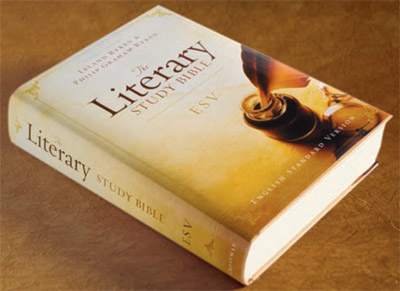In the past, I have spoken in a few churches where someone has begun extolling the “biblical scholarship” of Gail Riplinger. Whatever else may be said, she is not a biblical scholar and she has introduced confusion and error into churches. You should encourage fellow believers, especially novices, to avoid her false teaching.
In the 1990s, I was surprised by the influence that this woman had exerted on some people who come from groups who touted their King James heritage. After 1997, I have referred individuals to a book review written by Dr. Samuel Schnaiter, professor of New Testament Language and Literature at Bob Jones University, and published in the 1997 issue of the Detroit Baptist Seminary Journal. Over the past ten years, it seems like she has faded into the woodwork (the truth is, I do not speak in many churches that use or require their speakers to use the KJV); however, her name has recently been brought up. As it turns out, not only is the woman deceptive about her fraudulent credentials as a text-critical “scholar” but also about her marital status. I just read an informative post about Gail Riplinger, or whatever her name is. If “Gail, Gail, Quite Contrary” is mentioned in your ecclesiastical neighborhood, you need to get the rest of the story. Check out Fred Butler’s “Gail, Interrupted.”
Technorati Tags:
False Teaching
Technorati Tags:
Marriage Covenant


